39 Melachos Project
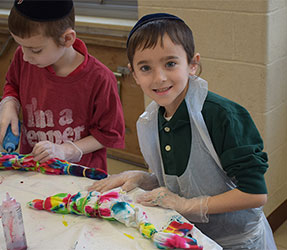

Who doesn’t look forward to Shabbos, our day of rest?
But Shabbos is more than a day off from work. It is a day of kedusha, one that includes a significant amount of proscribed activities. The Chofetz Chaim warned that without a thorough familiarity with Hilchos Shabbos, it is nearly impossible to avoid transgression, even if inadvertent. At what age do you begin teaching children the halachos?
At Yeshiva Darchei Torah, the answer is: in the second grade. Welcome to the innovative, immersive, child-friendly and—most of all—exciting 39 Melachos Project!
The 39 Melachos, or forbidden labors of Shabbos, are based on the 39 activities involved in the Mishkan in the desert. They begin with zoreia/planting and 10 other melachos, called siddura d’pas, required to bake the bread of the lechem hapanim, and continue on all the way to hotza’ah, transferring an object between domains, or ‘carrying.’ All Hilchos Shabbos flow from these 39 av melachos and their subcategories.
The basic premise of the program is described by Rav Nochum Dinowitz, one of the second grade rabbeim: “To the extent that kids can touch halacha, it will touch them – it will stick with them.”
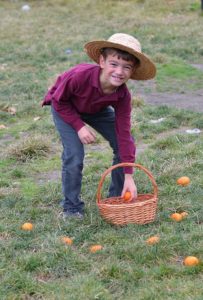 So for example, rather than simply show the talmidim pictures of farmers performing the agricultural work involved in siddura d’pas, Rav Dinowitz and other rabbeim went a giant step further: they took the boys down to the Yeshiva’s ample playing fields, and with shovels, rakes, hoes, straw hats and all the necessary props, the talmidim got to re-enact the actual performance of the melachos – as well as to explore what actions might be permitted rather than prohibited on Shabbos.
So for example, rather than simply show the talmidim pictures of farmers performing the agricultural work involved in siddura d’pas, Rav Dinowitz and other rabbeim went a giant step further: they took the boys down to the Yeshiva’s ample playing fields, and with shovels, rakes, hoes, straw hats and all the necessary props, the talmidim got to re-enact the actual performance of the melachos – as well as to explore what actions might be permitted rather than prohibited on Shabbos.
Planting seeds in the ground or watering the earth? Zoreia/planting. Dragging a heavy garbage can or sweeping soft earth? Possibly choreish/plowing. Collecting oranges that fell out of a basket? Possibly me’amer/gathering.
Back in the classroom, some more practical examples of these melachos that occur in a 21st-century home are examined as well.
“I also make sure to throw some practical middos into the halacha,” emphasizes Rav Dinowitz, “so that when a child is home on Shabbos and a parent asks him to tidy up his room or put away the silverware, his instant reaction is not, ‘sorry, Ma, it’s assur.’ We make sure they learn how to avoid borer and so forth – while still behaving with the utmost respect towards their parents.”
Beyond siddura d’pas there are a number of melachos that do not lend themselves to easy re-creation, such as those that involve ancient weaving or tanning procedures, but the rabbeim are not daunted by the challenges. One rebbi even purchased alpaca and sheep wool to be used in tovveh/spinning. For tzoveia/dyeing, tie-dyeing T-shirts became a colorful activity as well as a halacha lesson.
“Our overriding goal is to make sure the talmidim internalize what they learn,” says Rav Avrohom Bender, who, in addition to teaching second grade, serves as a menahel. “We do plenty of traditional classroom teaching of the melachos. But having these hands-on experiences is crucial.” He describes how, despite the 39 Melachos Project taking up very little time in a typical week, “at the end of the year the children are walking out [of Yeshiva] knowing all 39.”
 Towards the end of the school year the rabbeim begin the filming and production of a video. The 39 Melachos are divided among the classes, with different boys re-enacting what they have learned. The settings can be the fields, the classrooms, and even the Yeshiva kitchen.
Towards the end of the school year the rabbeim begin the filming and production of a video. The 39 Melachos are divided among the classes, with different boys re-enacting what they have learned. The settings can be the fields, the classrooms, and even the Yeshiva kitchen.
A celebration is held in the late spring, with parents and grandparents in attendance. The film is screened to the delight and amazement of all in the audience. All the boys form a choir to sing beautiful Shabbos zemiros and each talmid is given the famed Rav Boruch Chait’s beautiful children’s book about – what else? – The 39 Melachos.
Throughout the year, a rebbi may mark the milestones his class has reached along the way. To celebrate the completion of siddura d’pas, which ends with oifeh/baking, Rav Dinowitz brought a donut-making machine to his classroom. While the talmidim were busy baking and frosting, the rebbi challenged them with questions, testing and sharpening their knowledge amid the fun.
 Rav Dinowitz makes another point: “It’s important that Shabbos shouldn’t be seen as all “no”; it’s a positive day. Besides learning about the melachos, we spend some time on the importance of the special preparations likavod Shabbos – polishing your shoes, setting the table, etcetera.”
Rav Dinowitz makes another point: “It’s important that Shabbos shouldn’t be seen as all “no”; it’s a positive day. Besides learning about the melachos, we spend some time on the importance of the special preparations likavod Shabbos – polishing your shoes, setting the table, etcetera.”
Based on the feedback from parents, it is clear that in the homes of the second grade talmidim, Shabbos is indeed a positive experience, one made all the richer by the investment their rabbeim have made in a most special project.
“I once had a sixth grader come over to me,” relates Rav Avrohom Bender, “and tell me that he still remembers ‘his’ melacha from four years prior, when we had assigned each boy to create a colorful poster depicting one melacha. It is truly remarkable.”∎

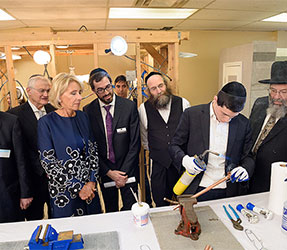
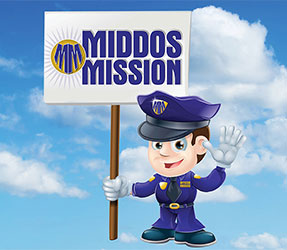
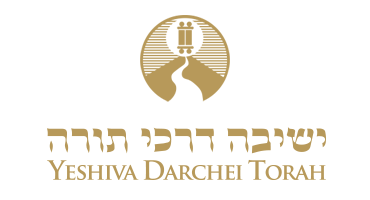
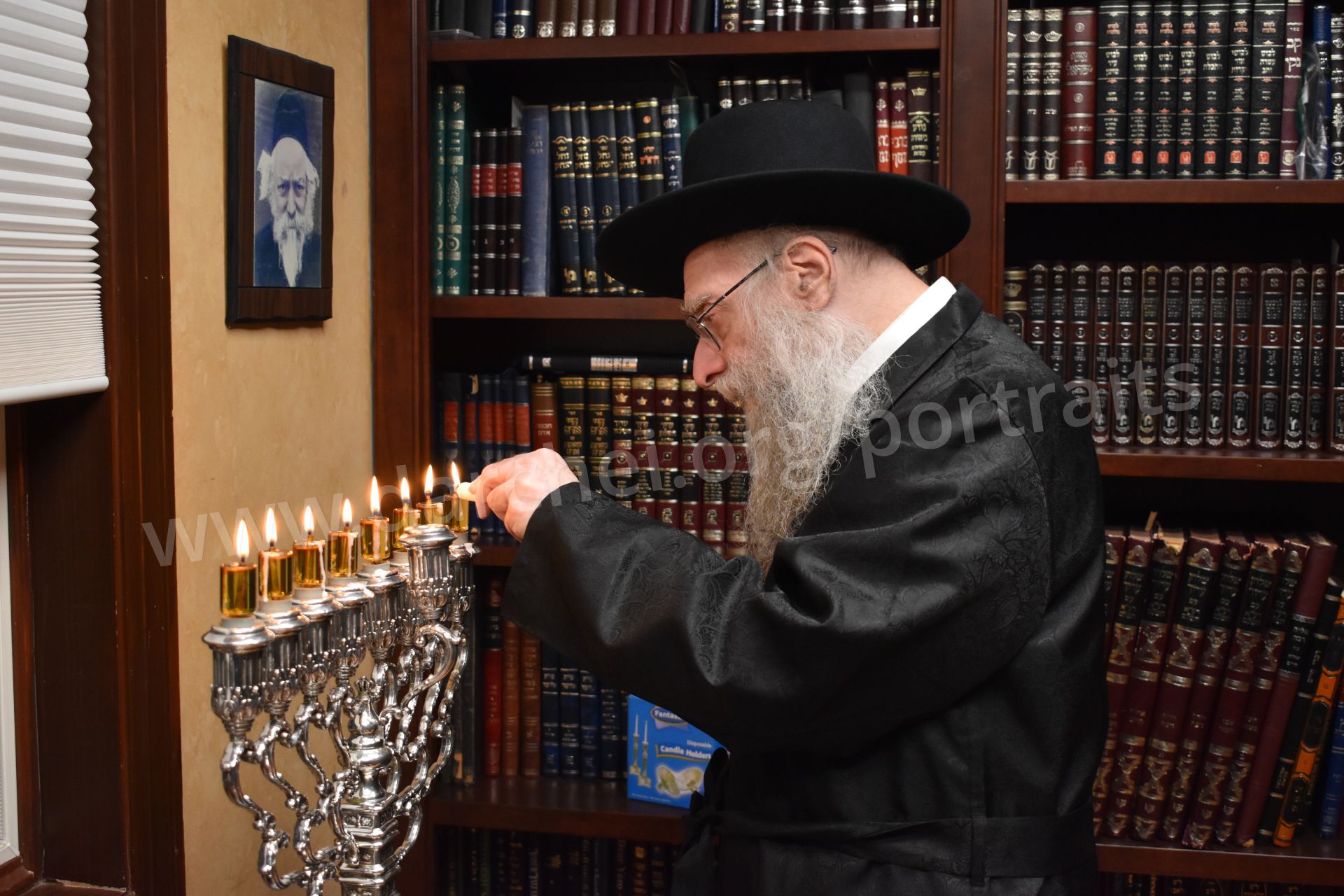
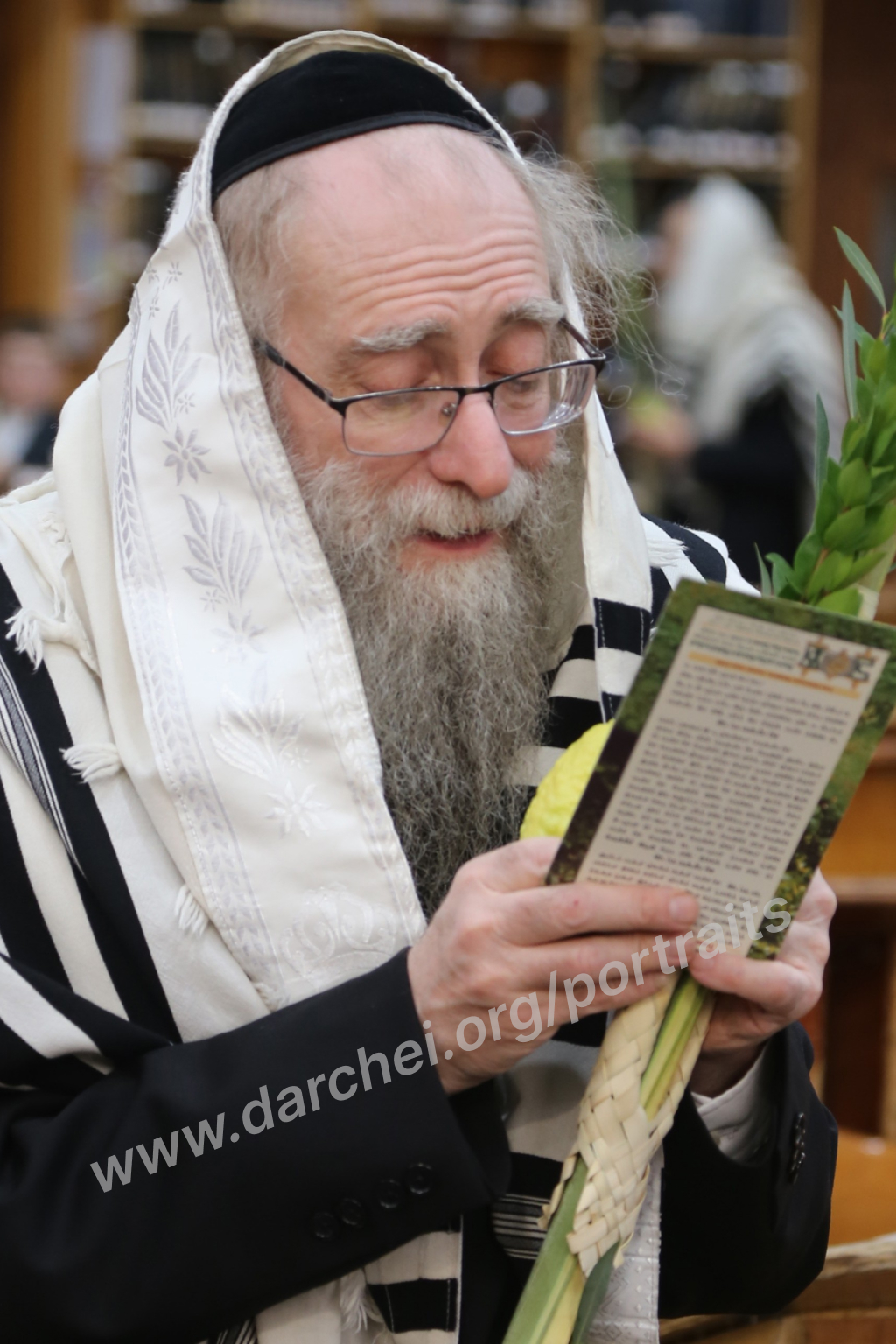

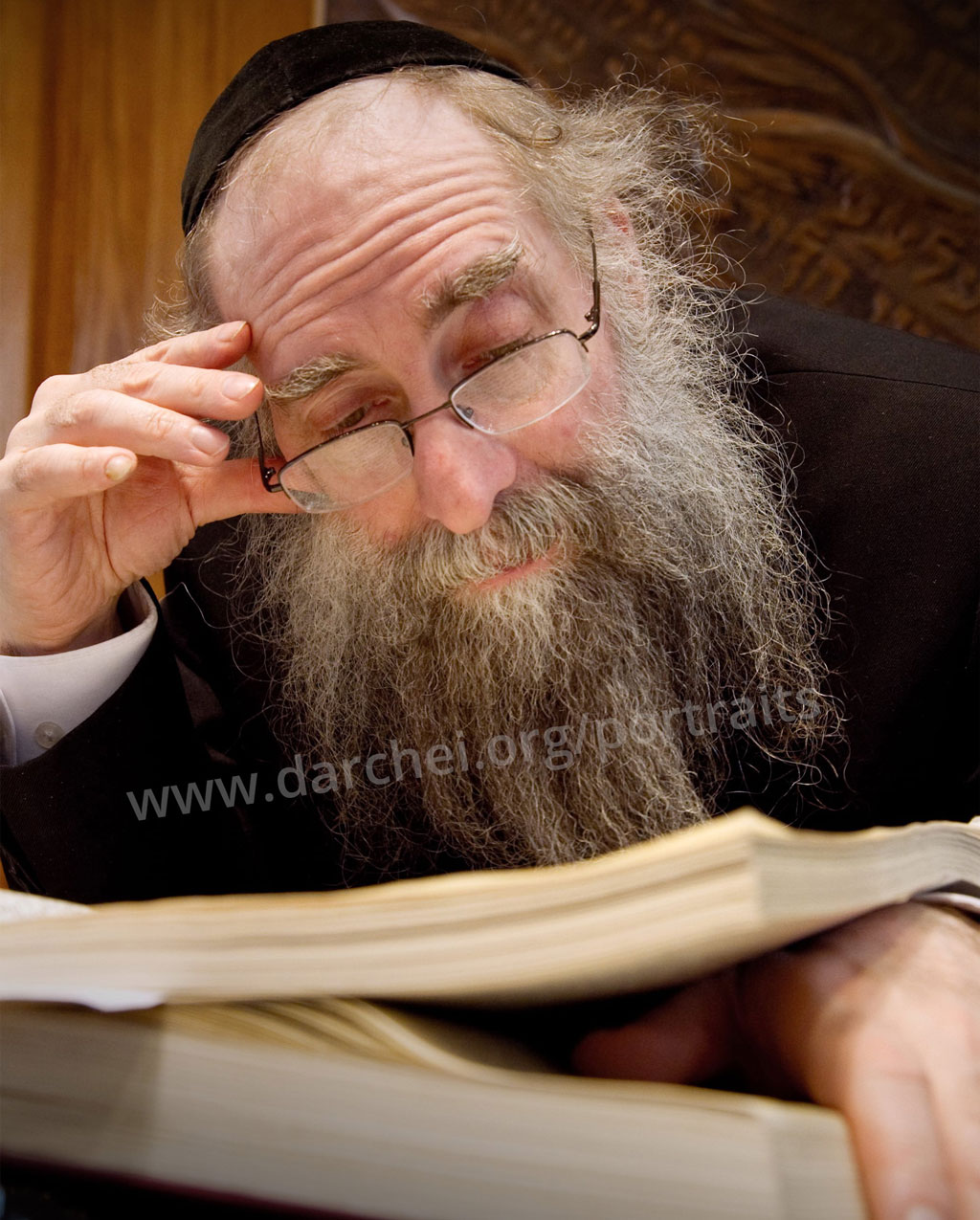




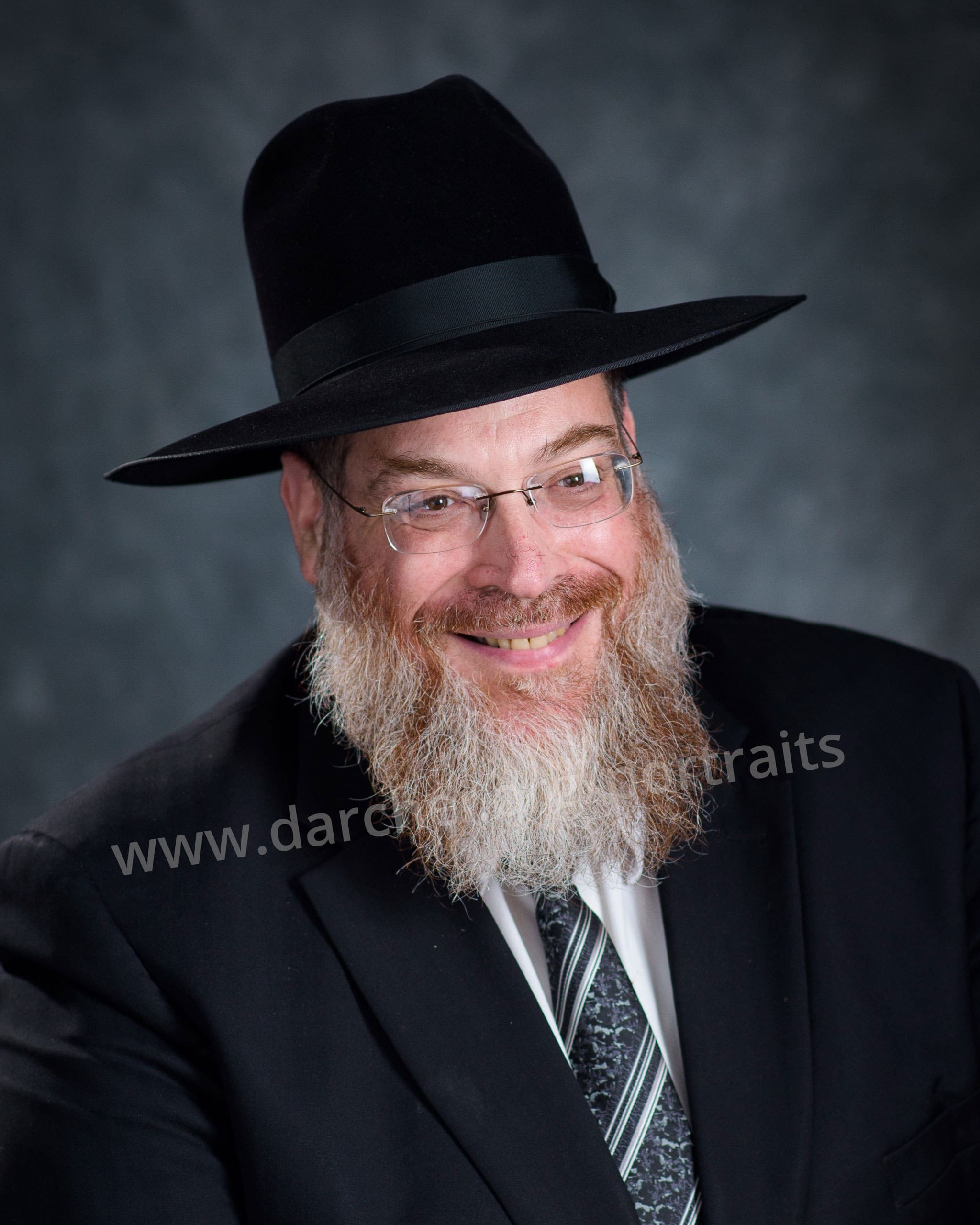

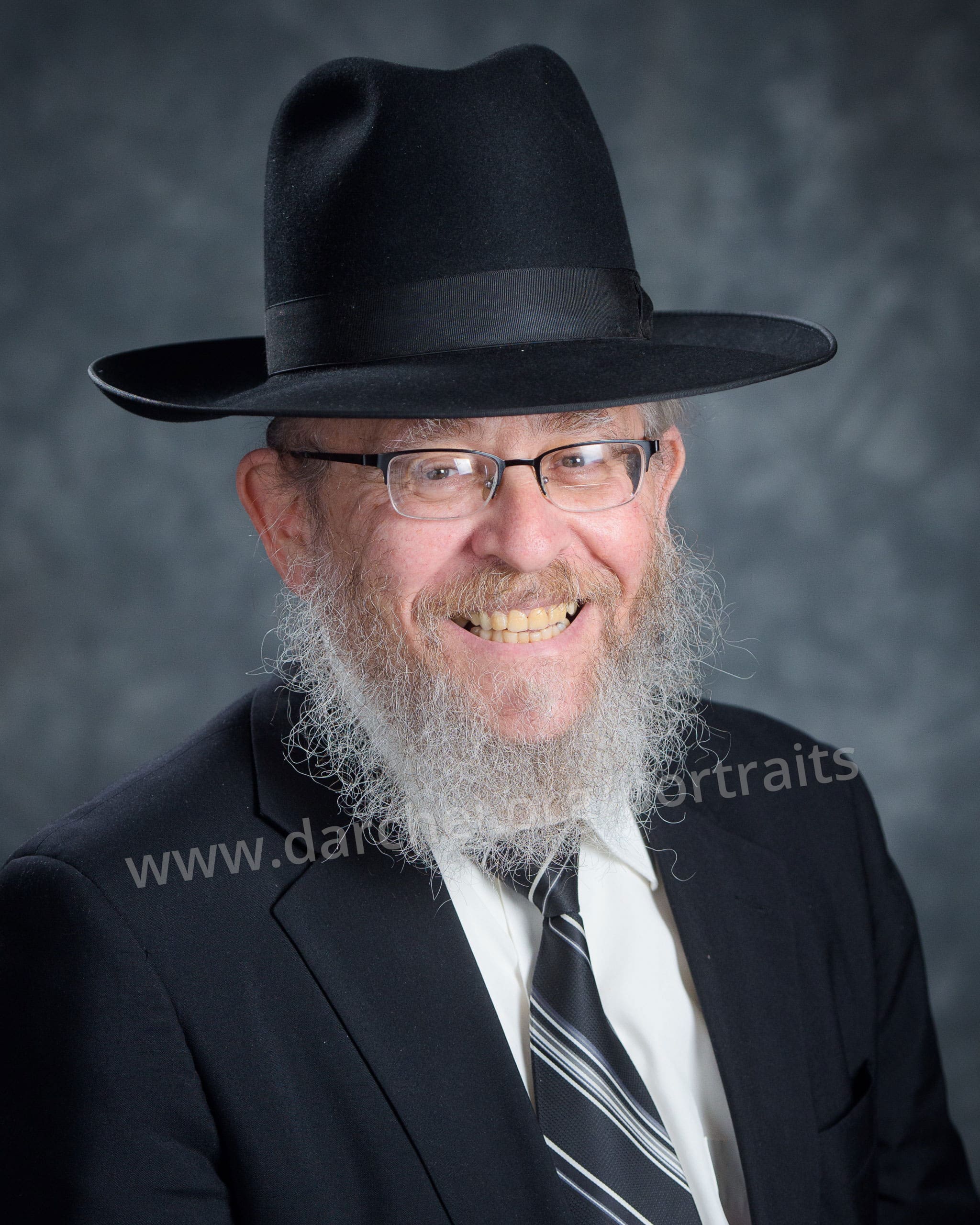
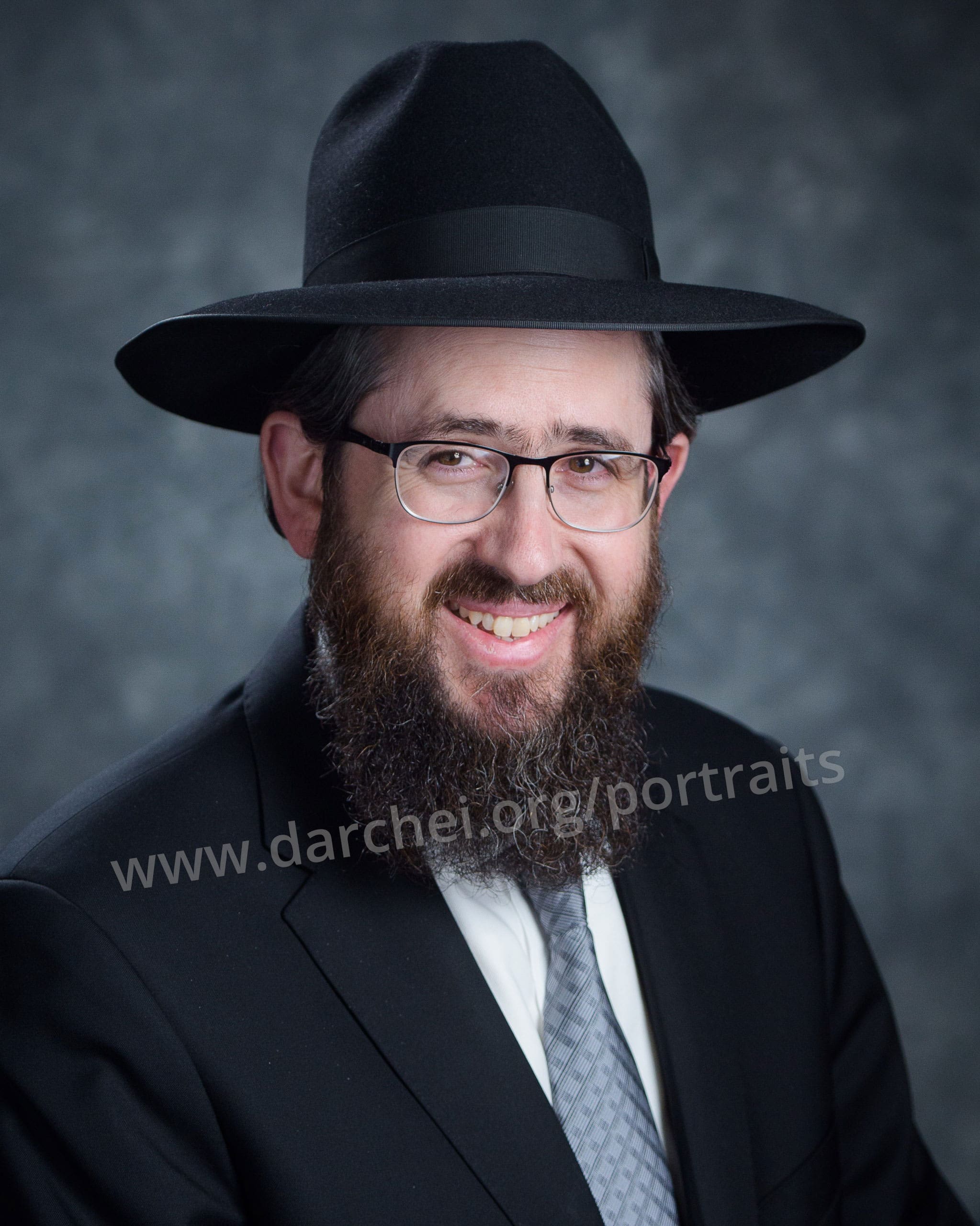
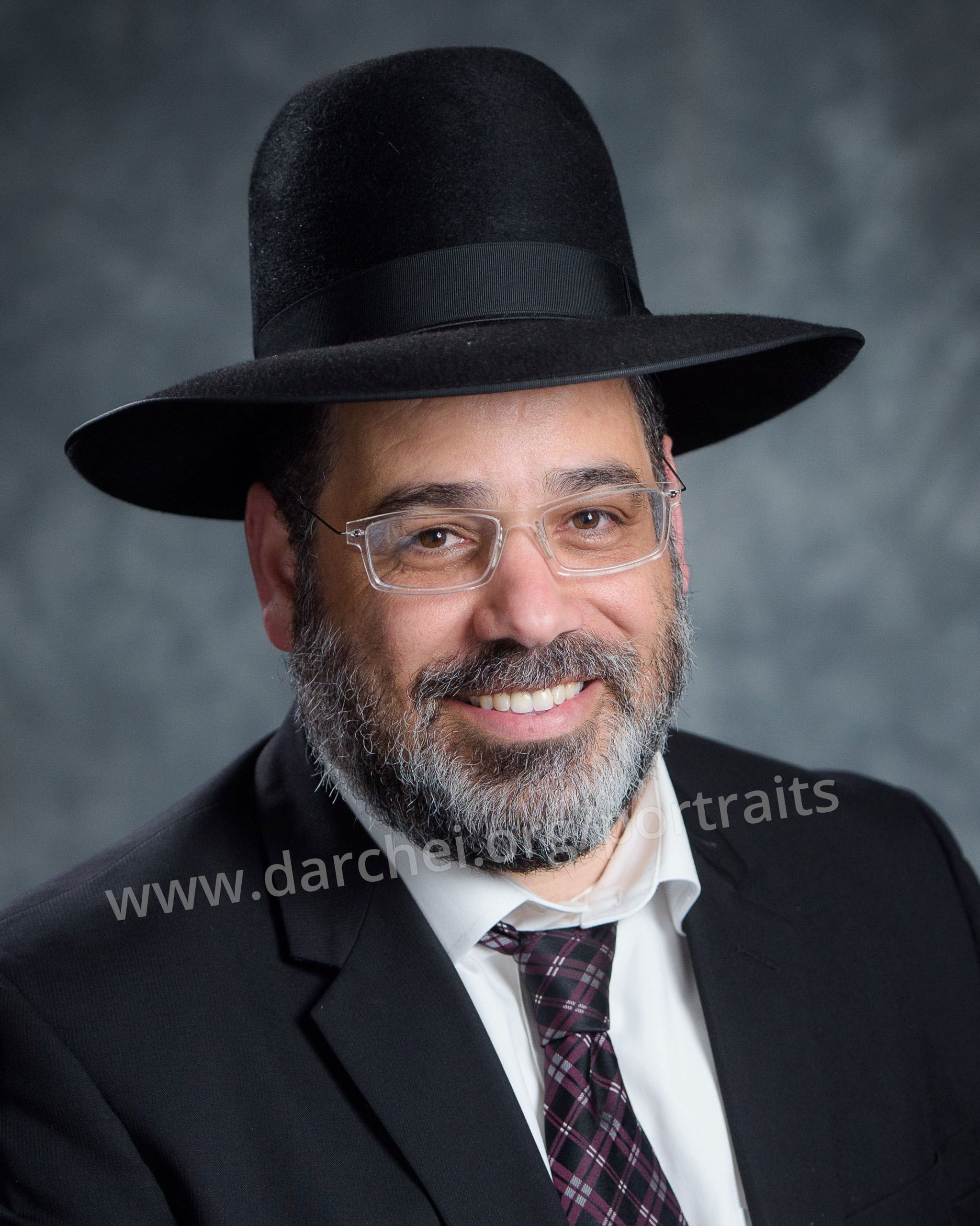
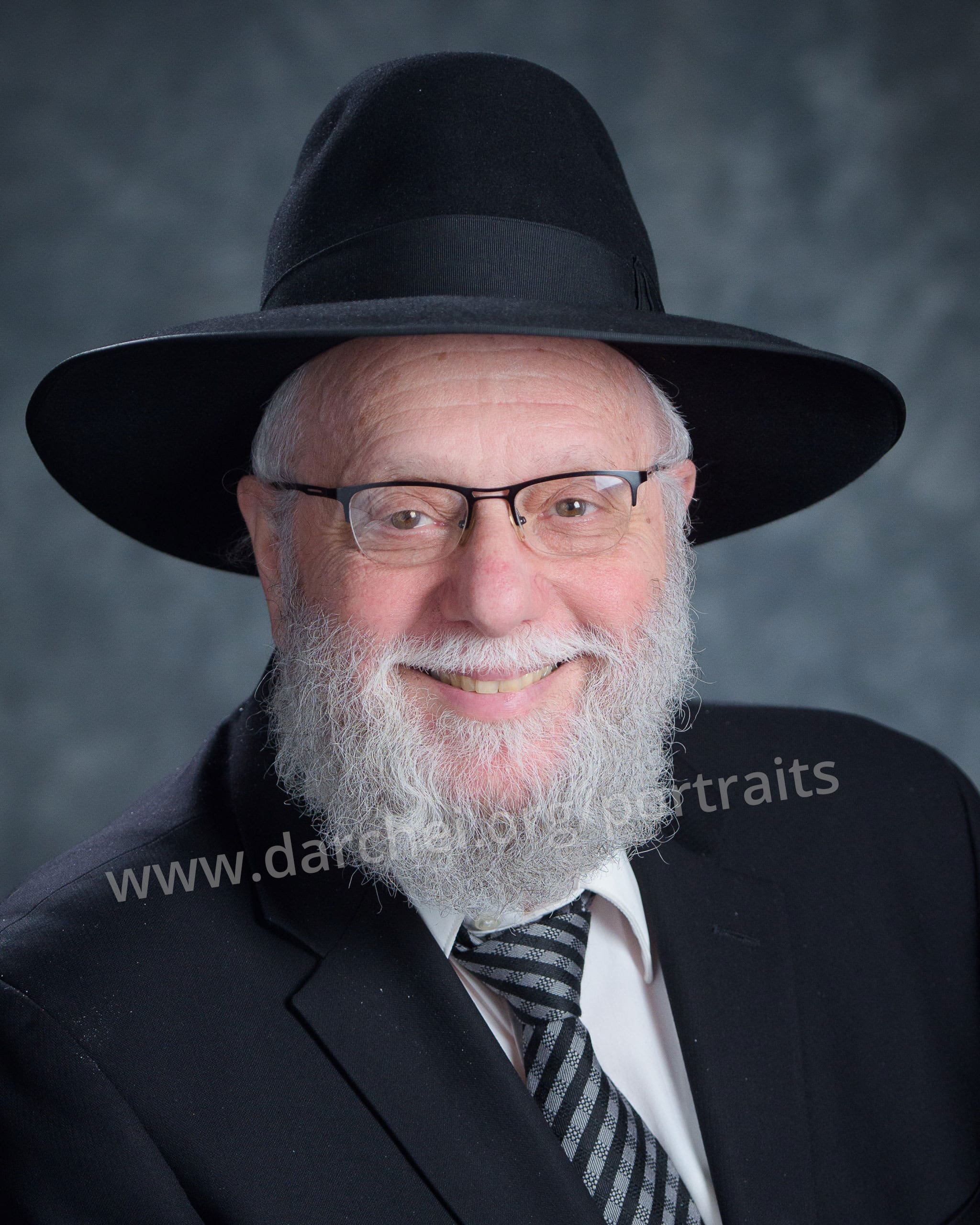
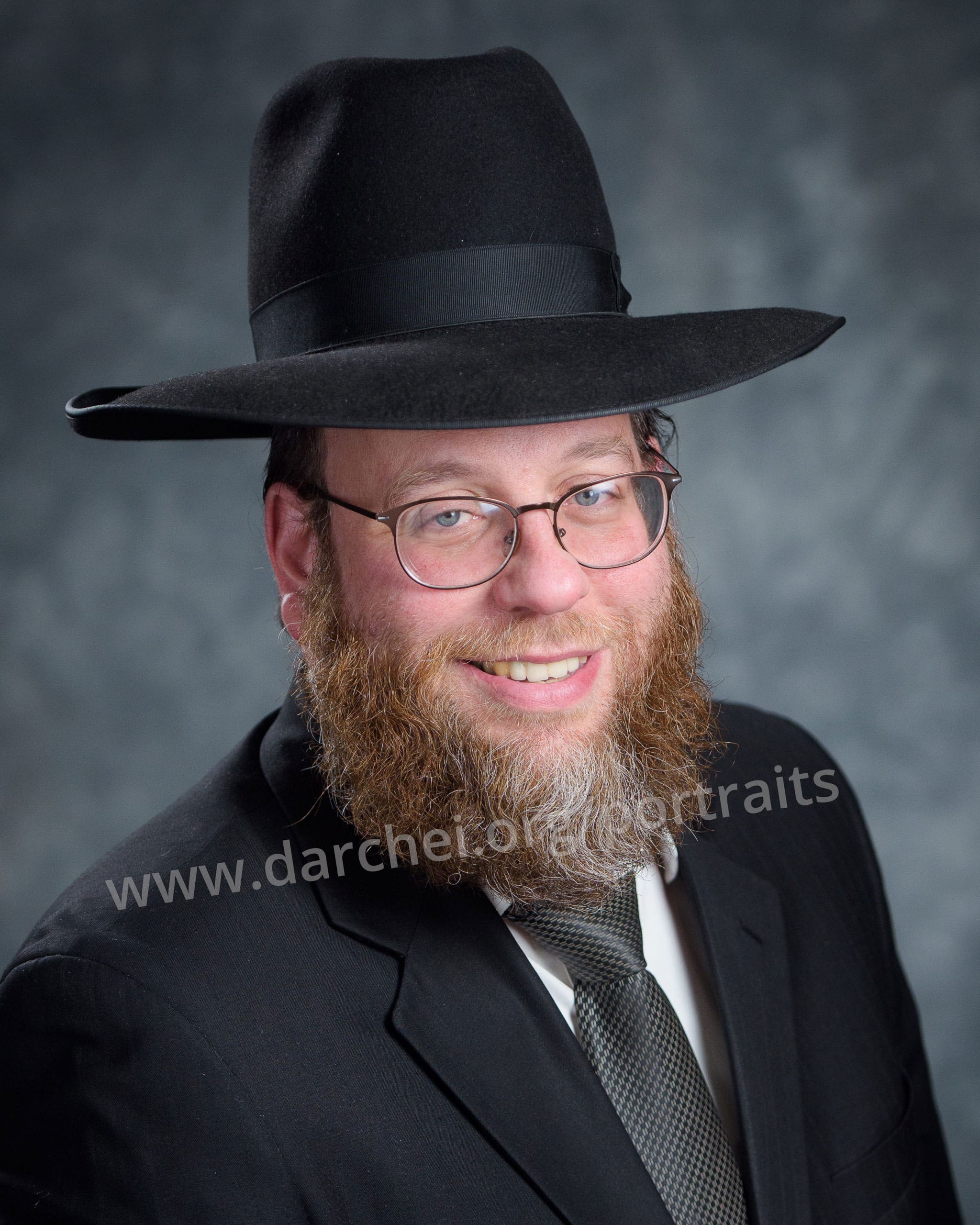
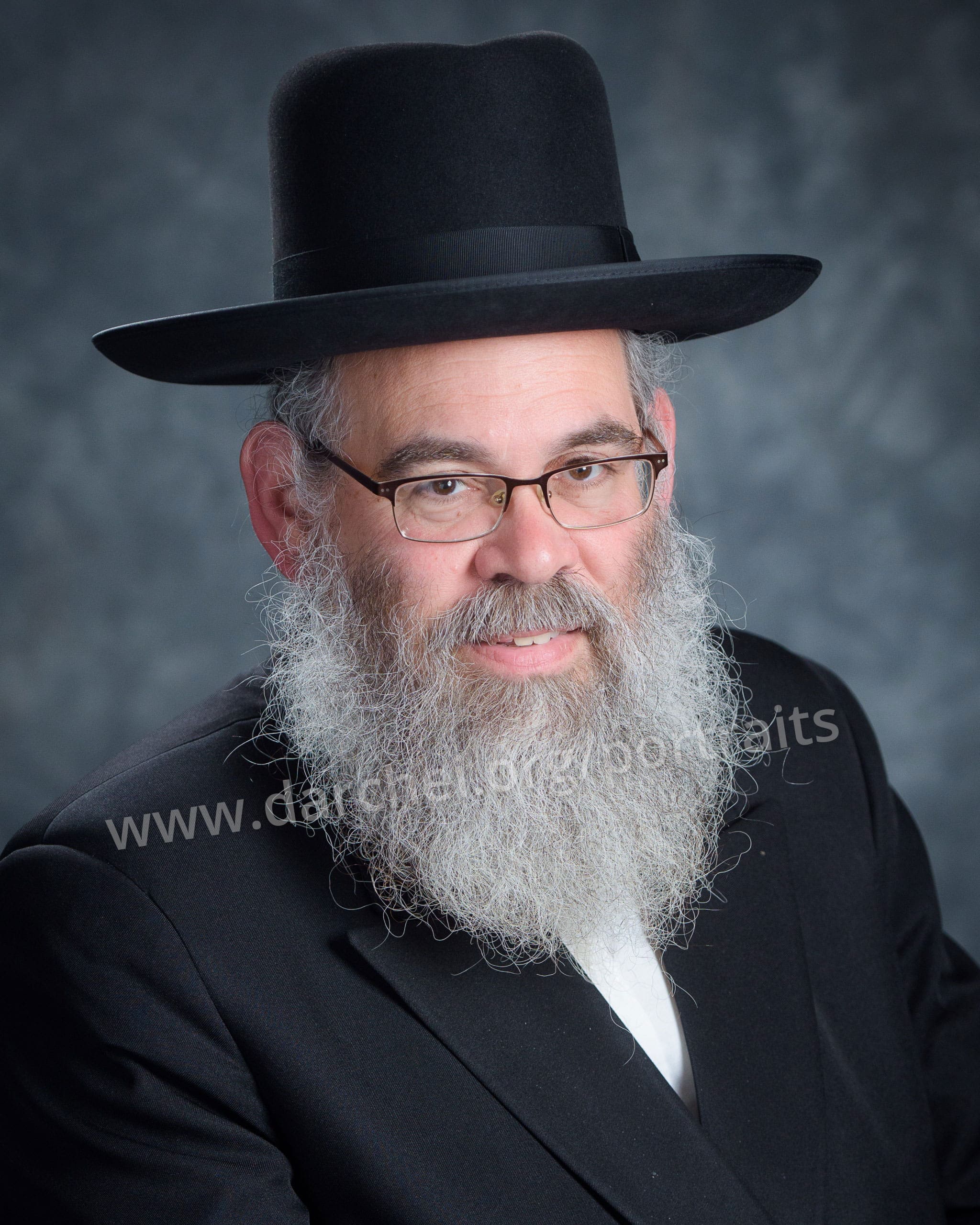
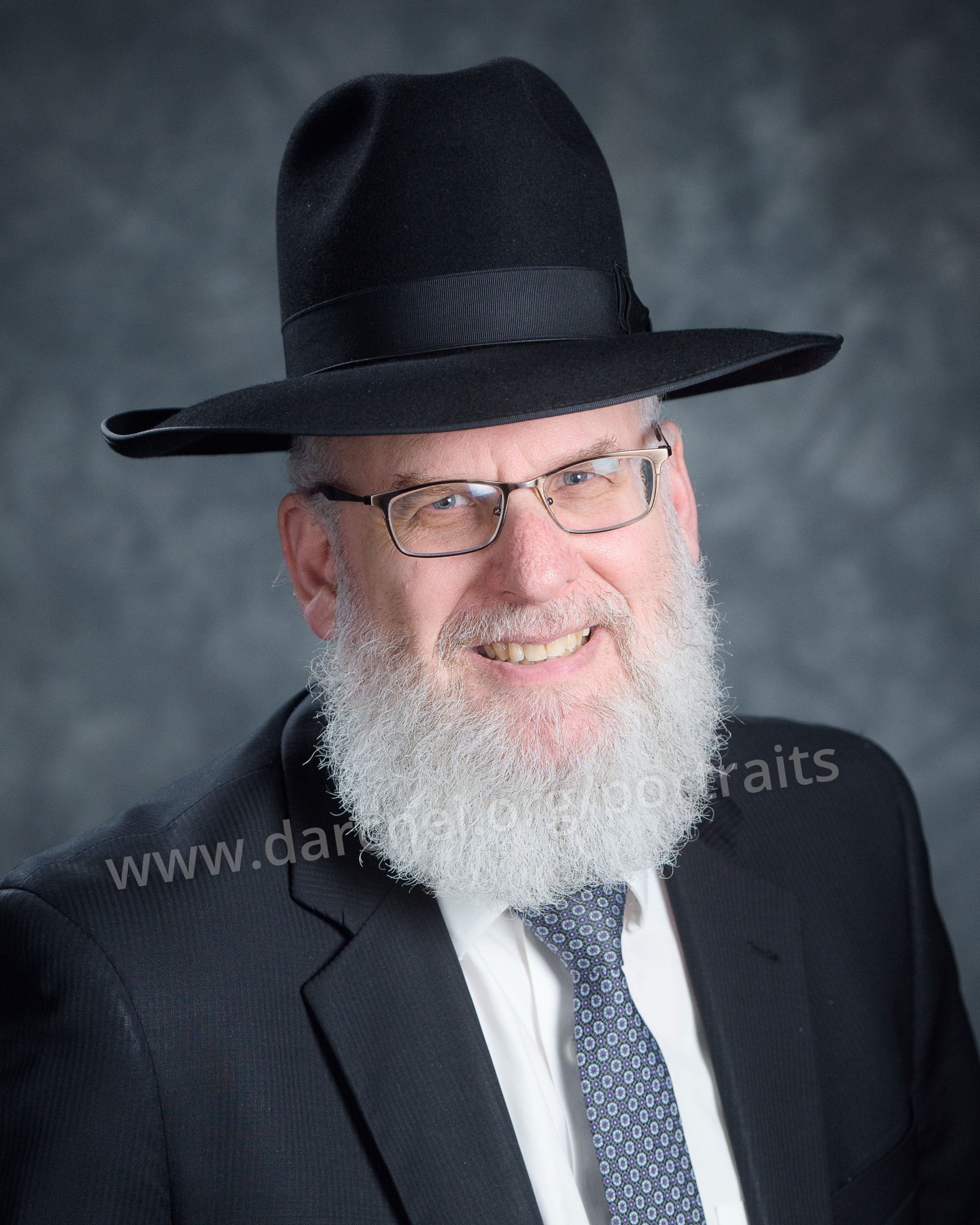
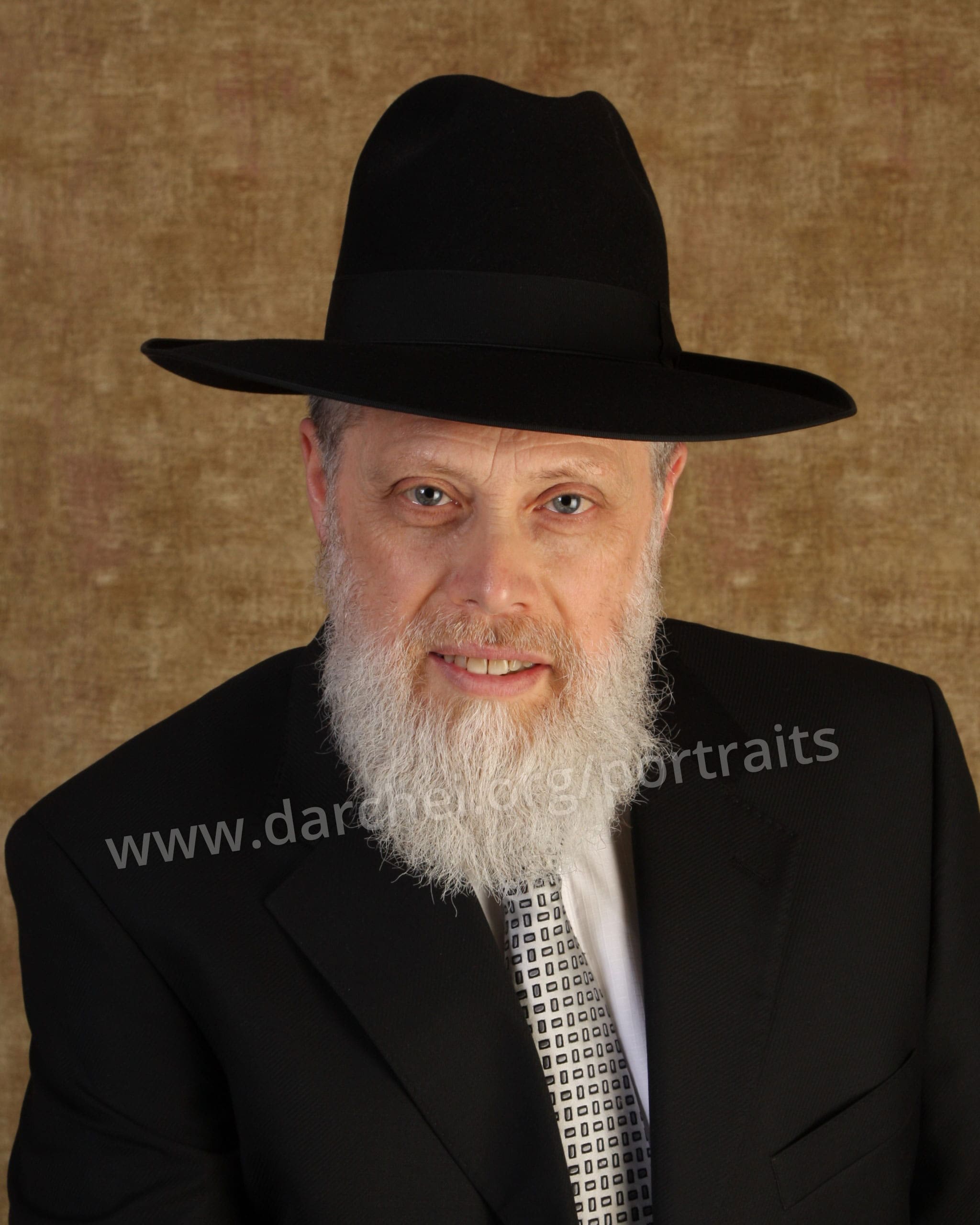
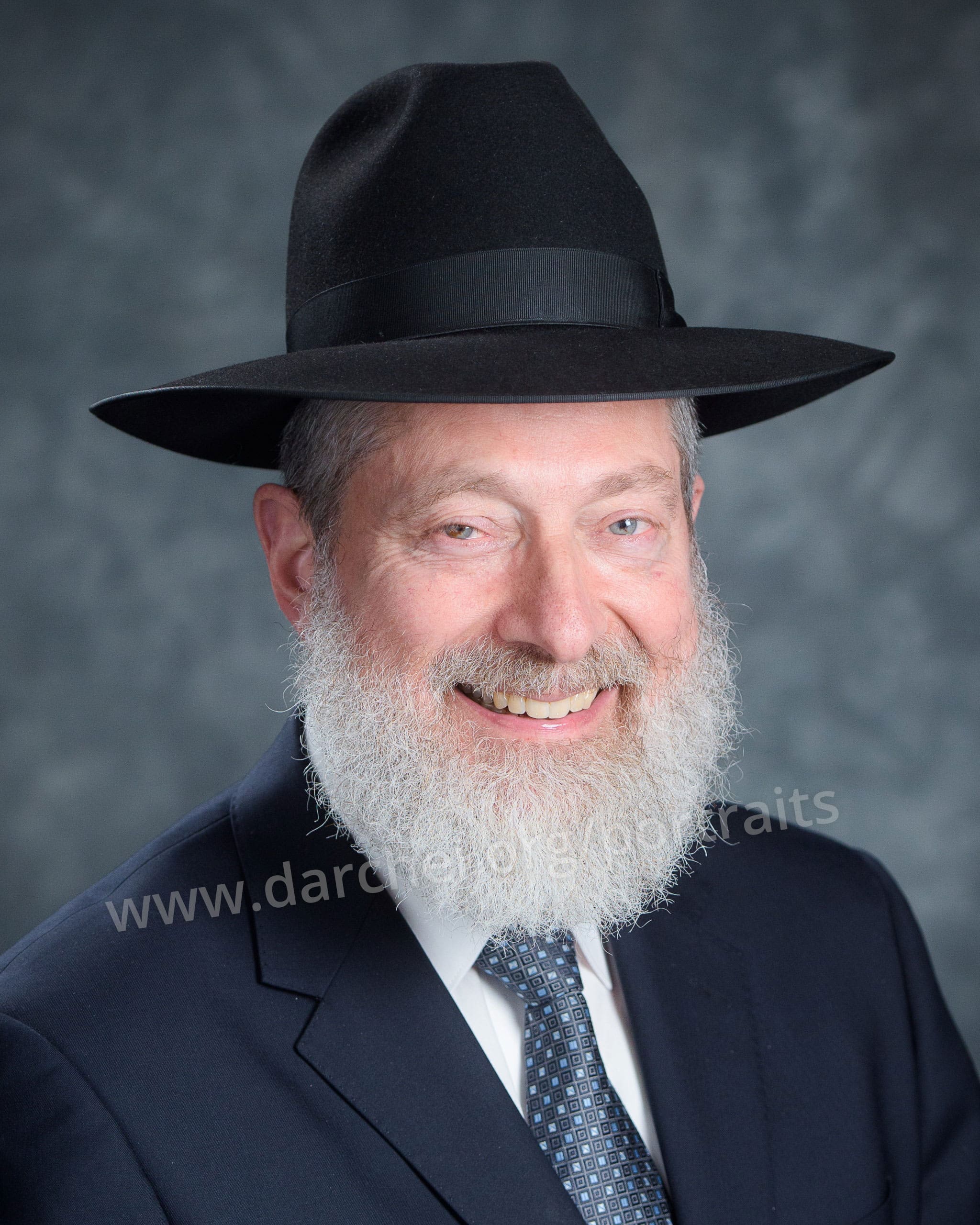
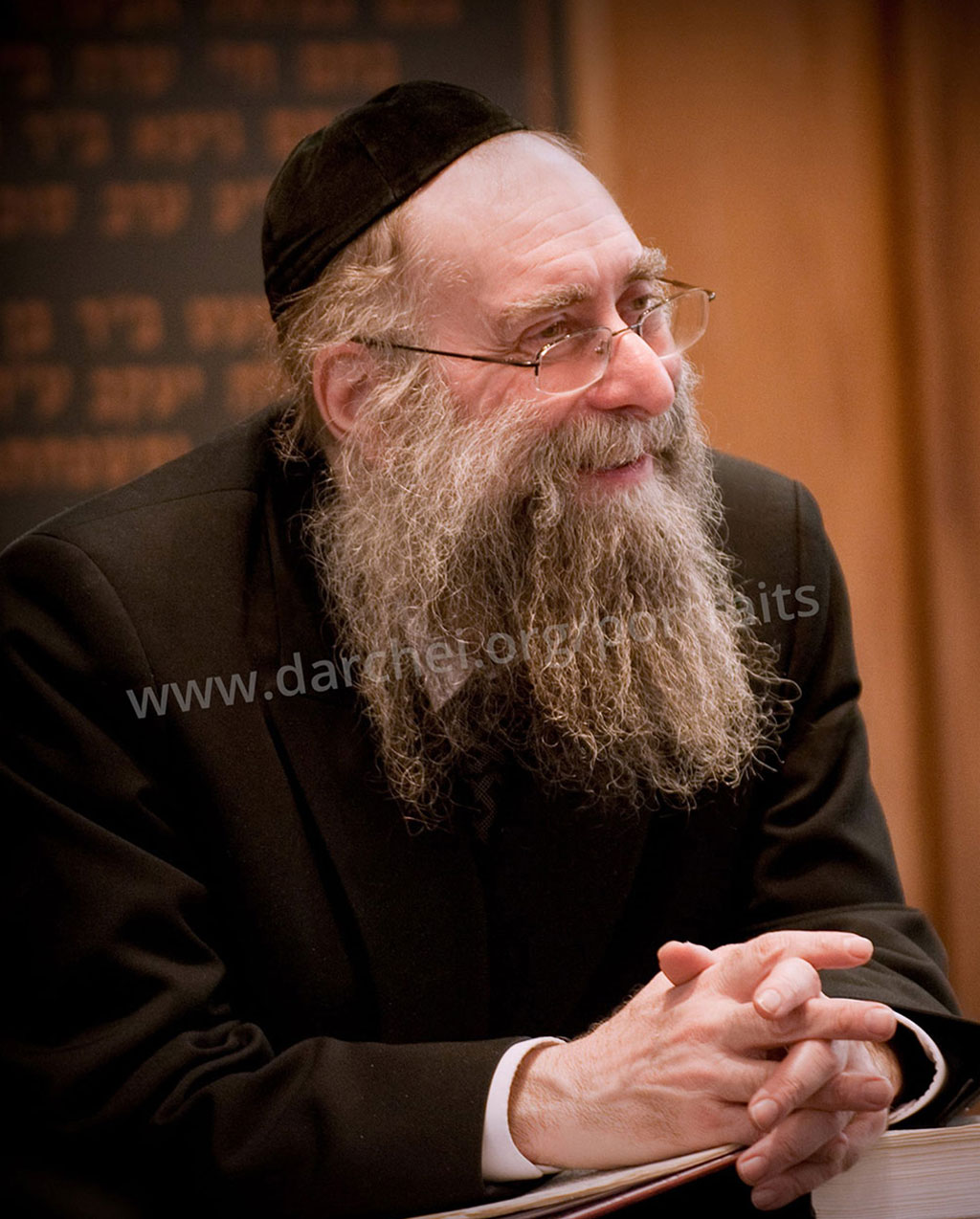



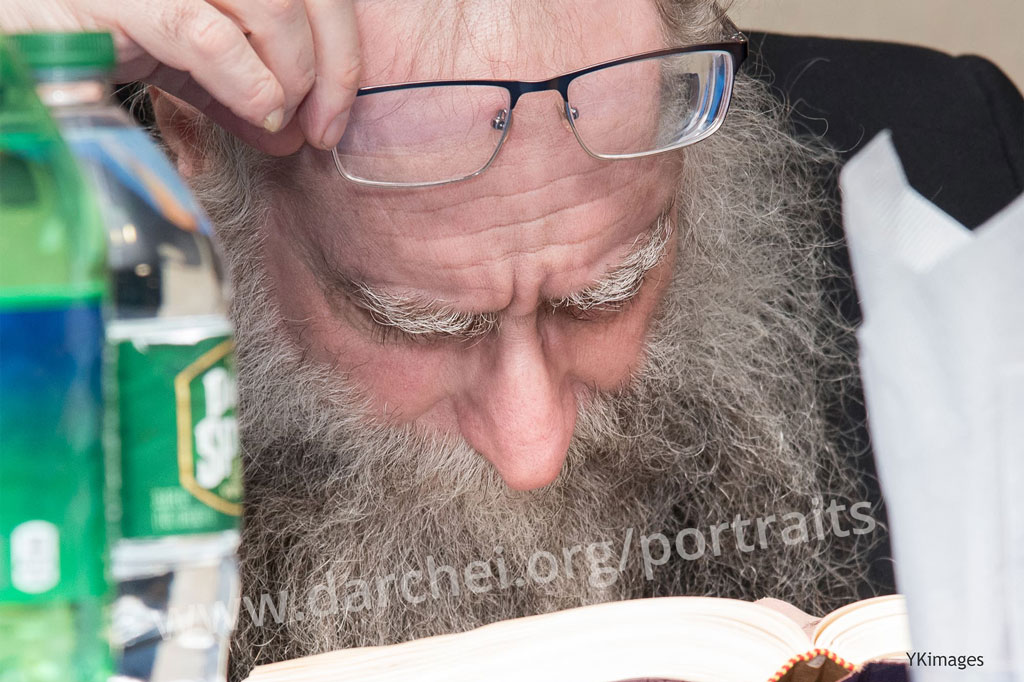
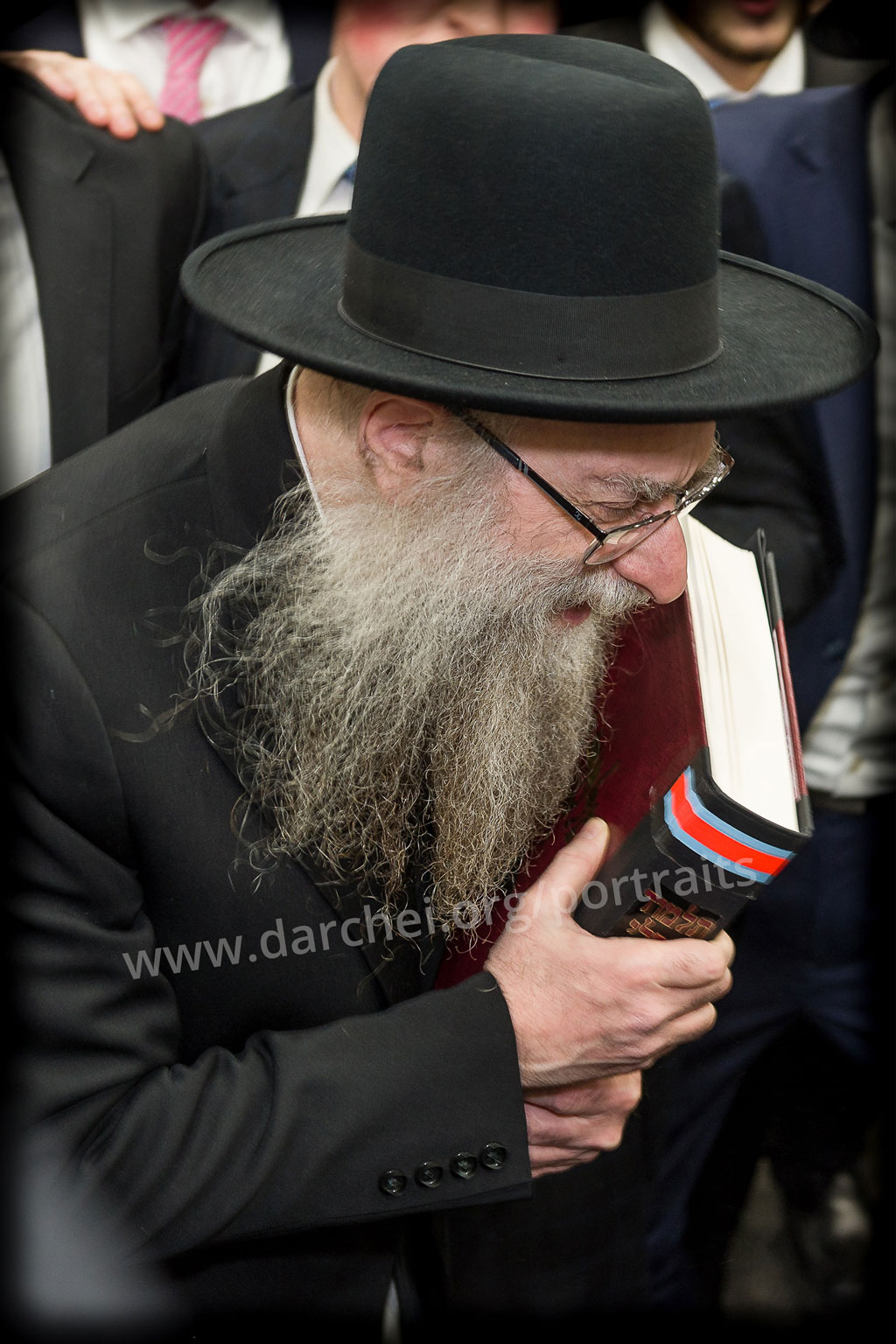
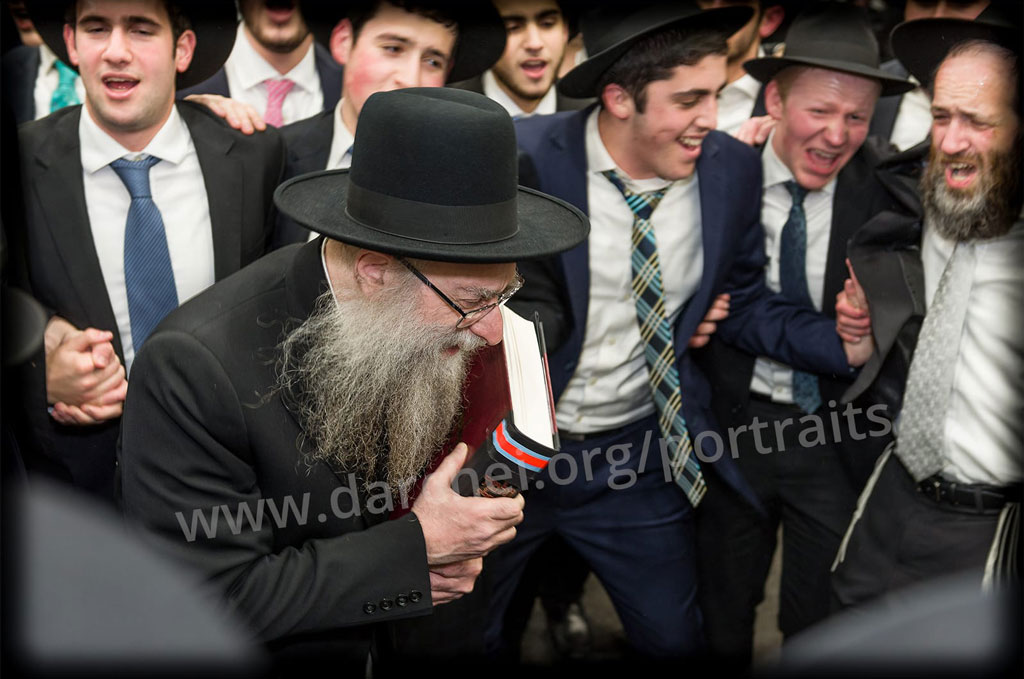
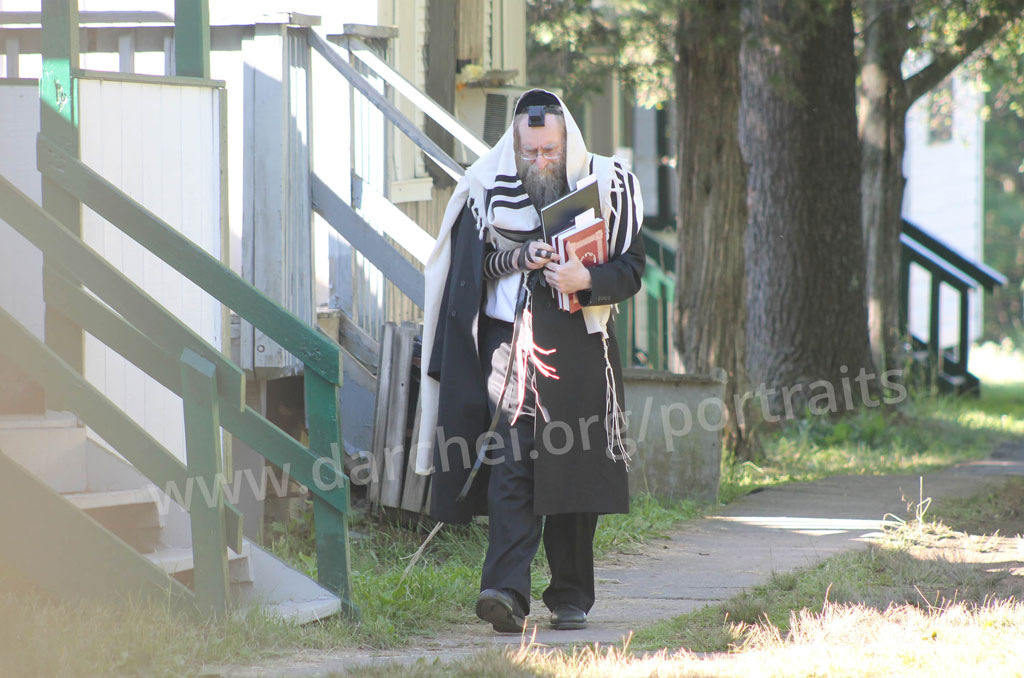
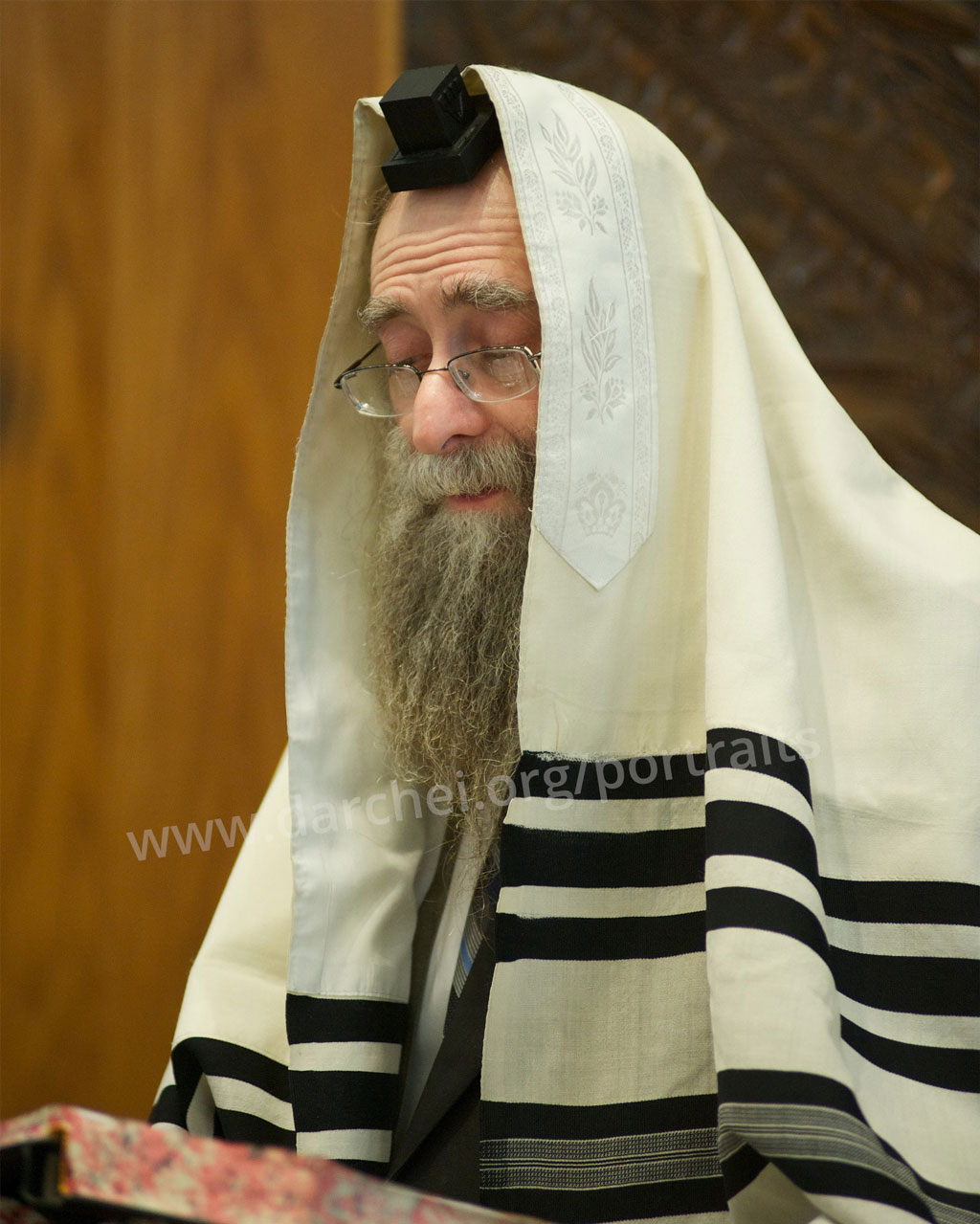

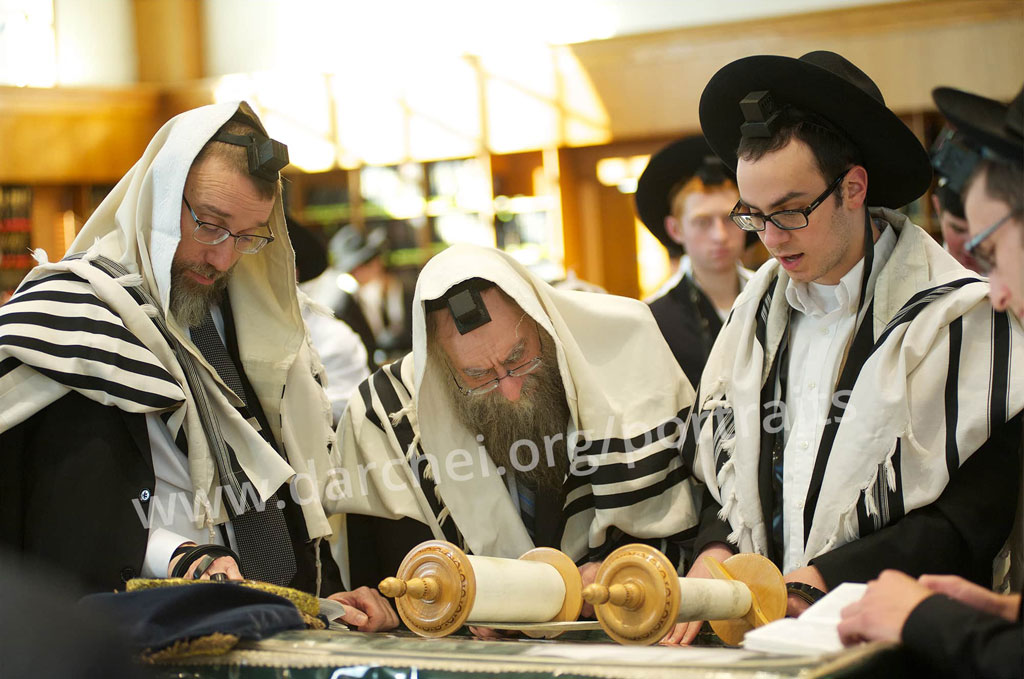

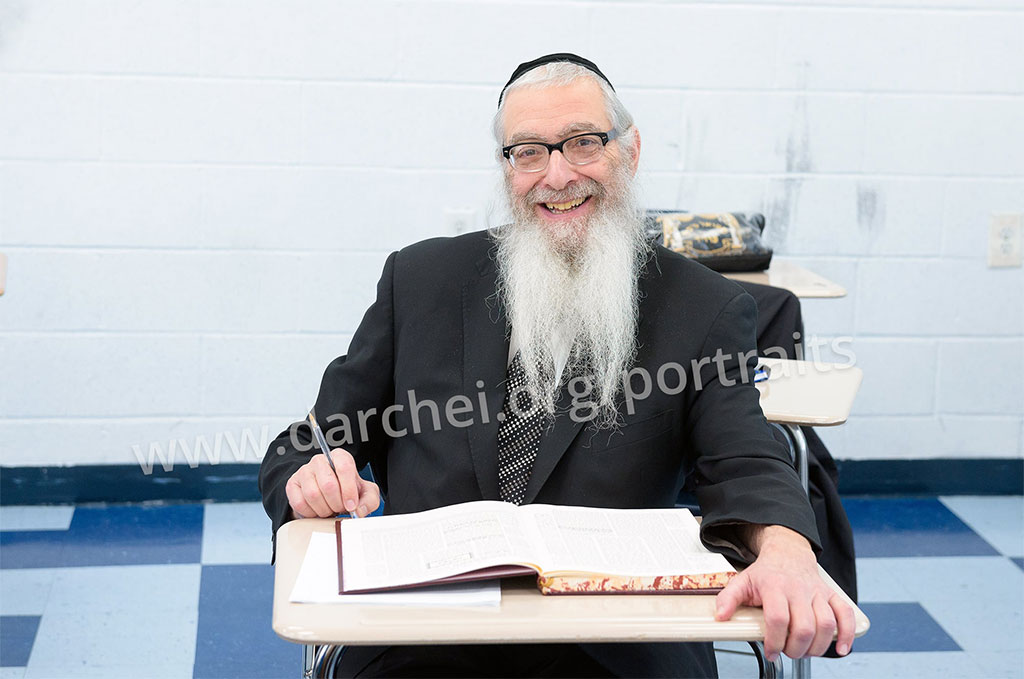
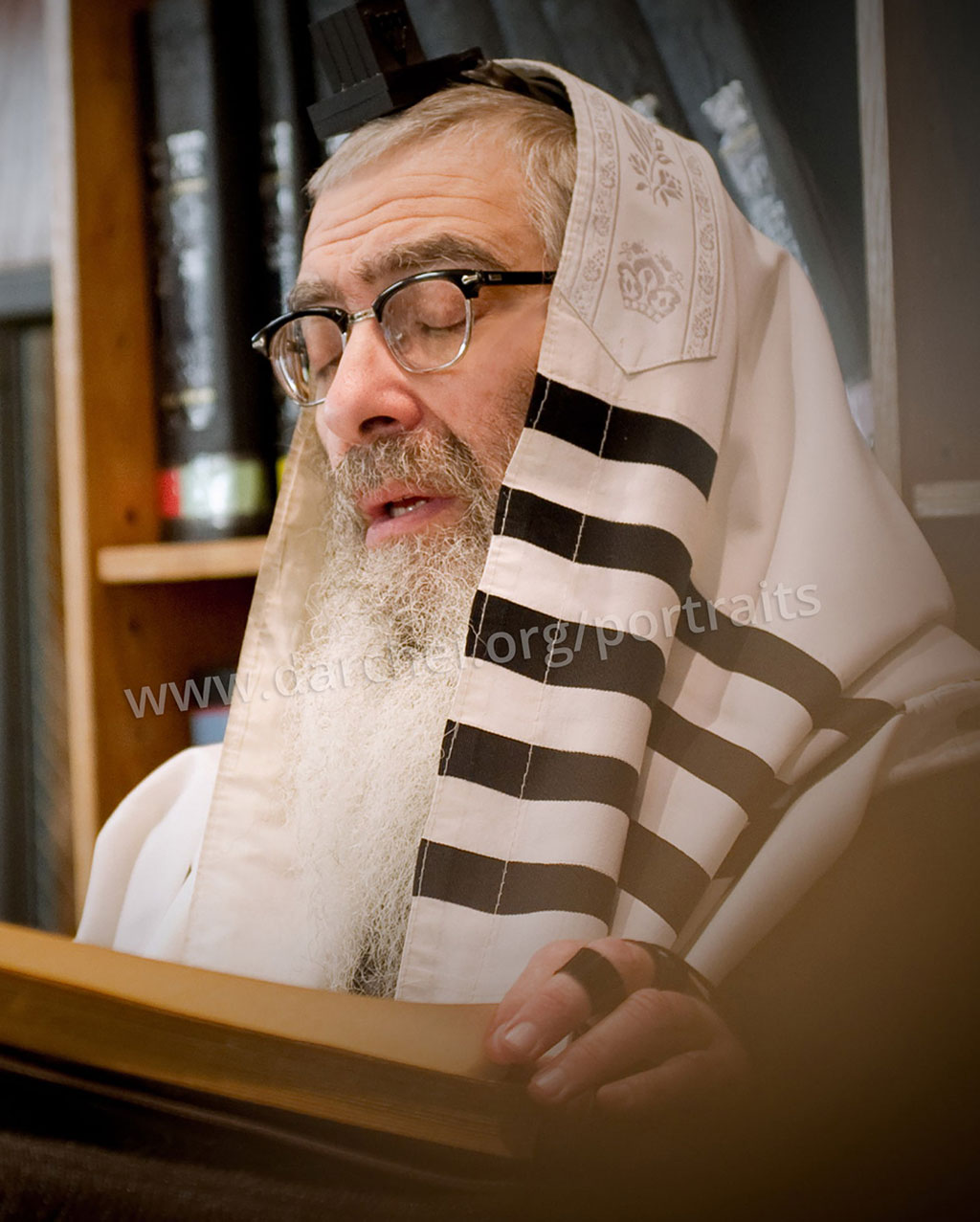
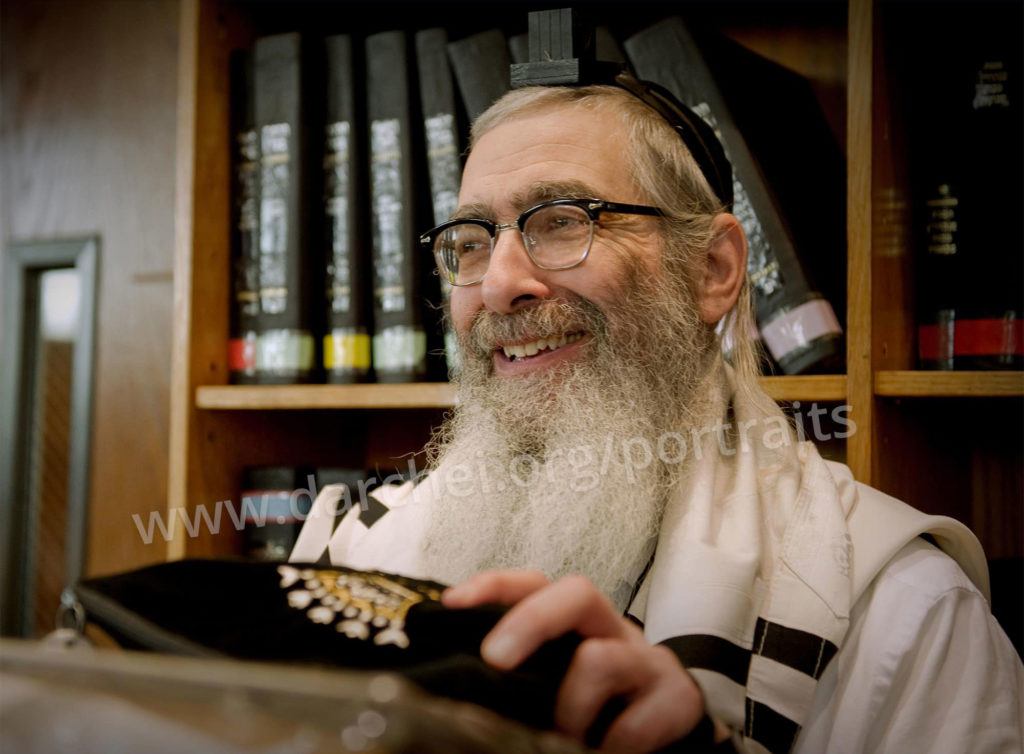
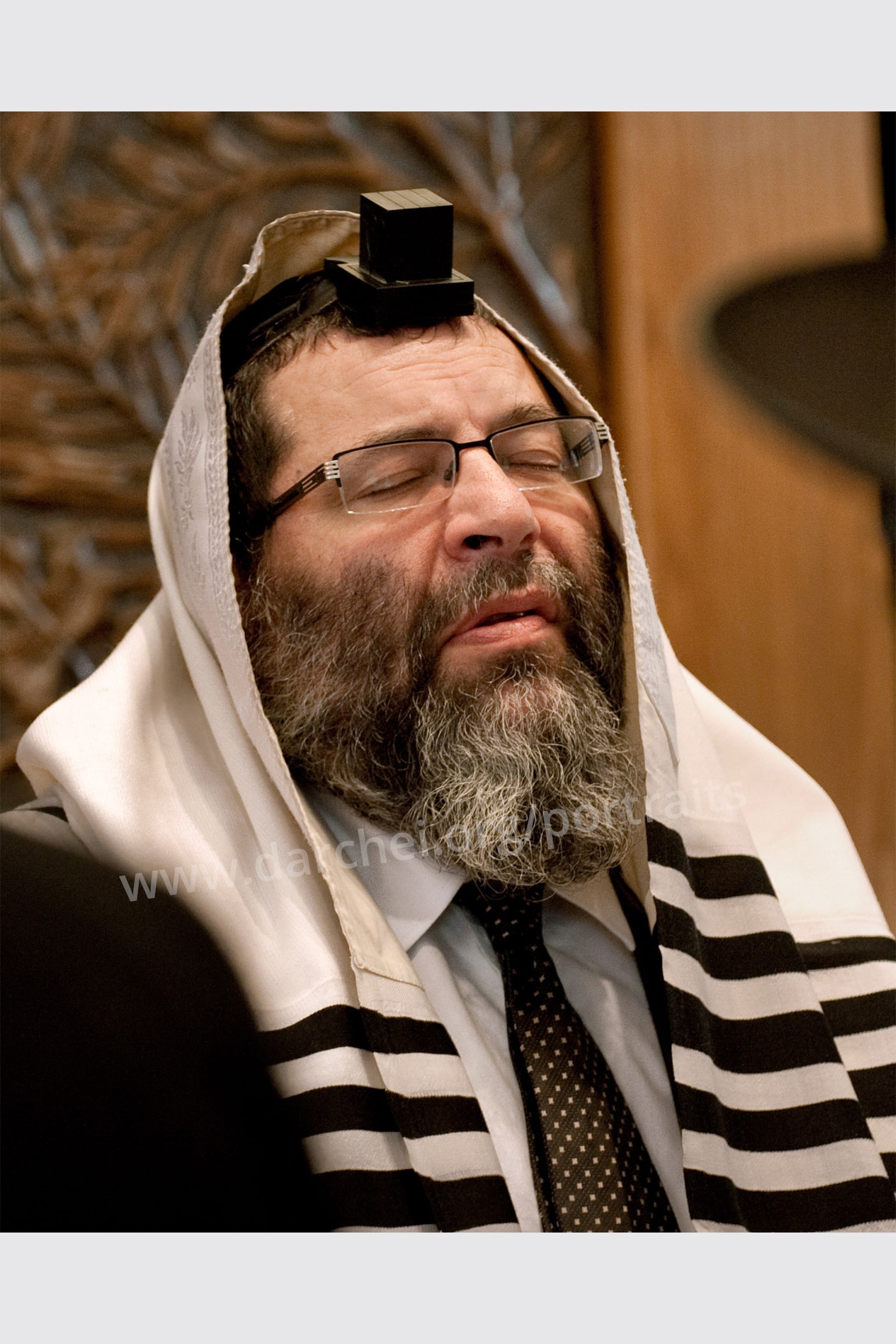
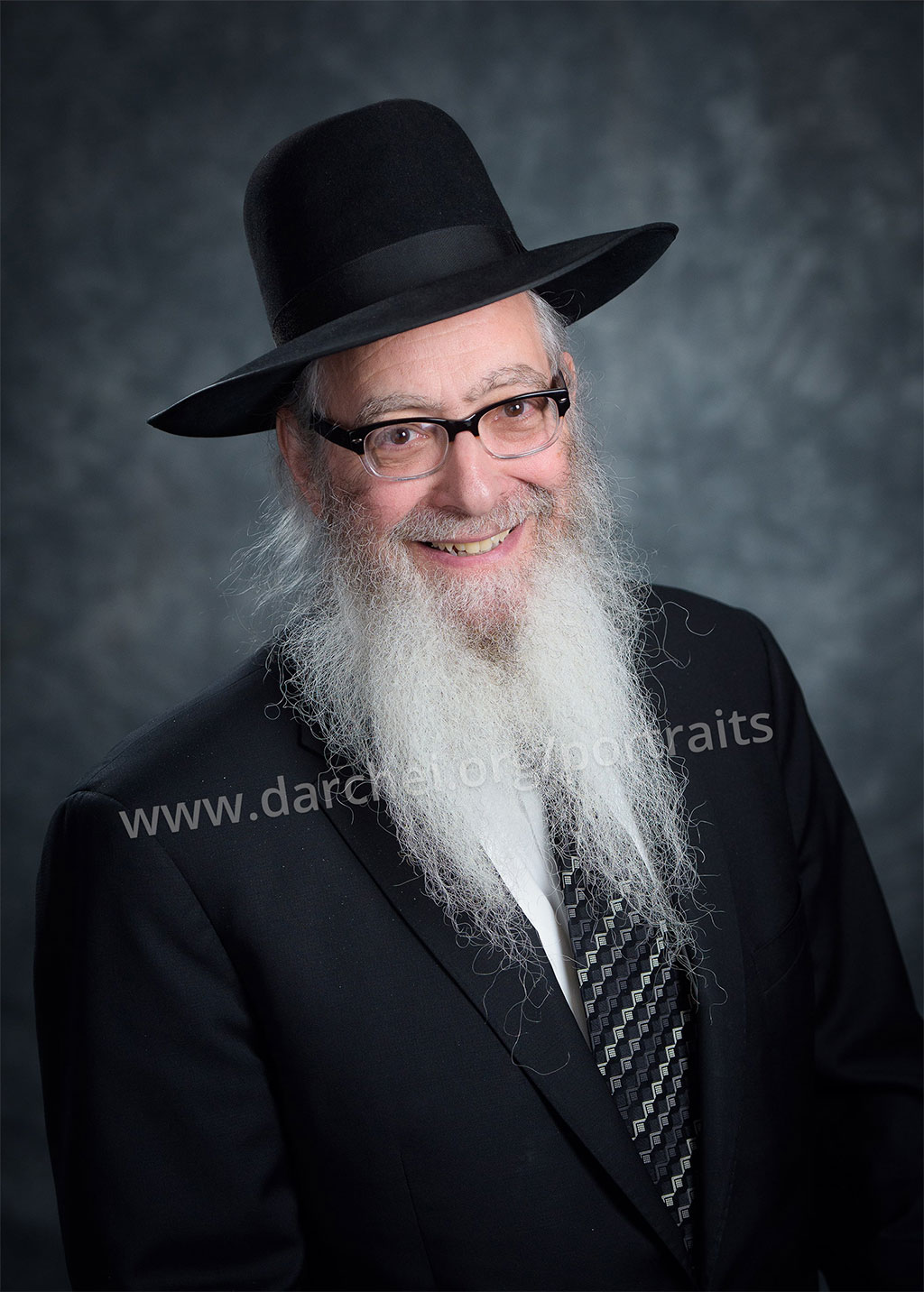
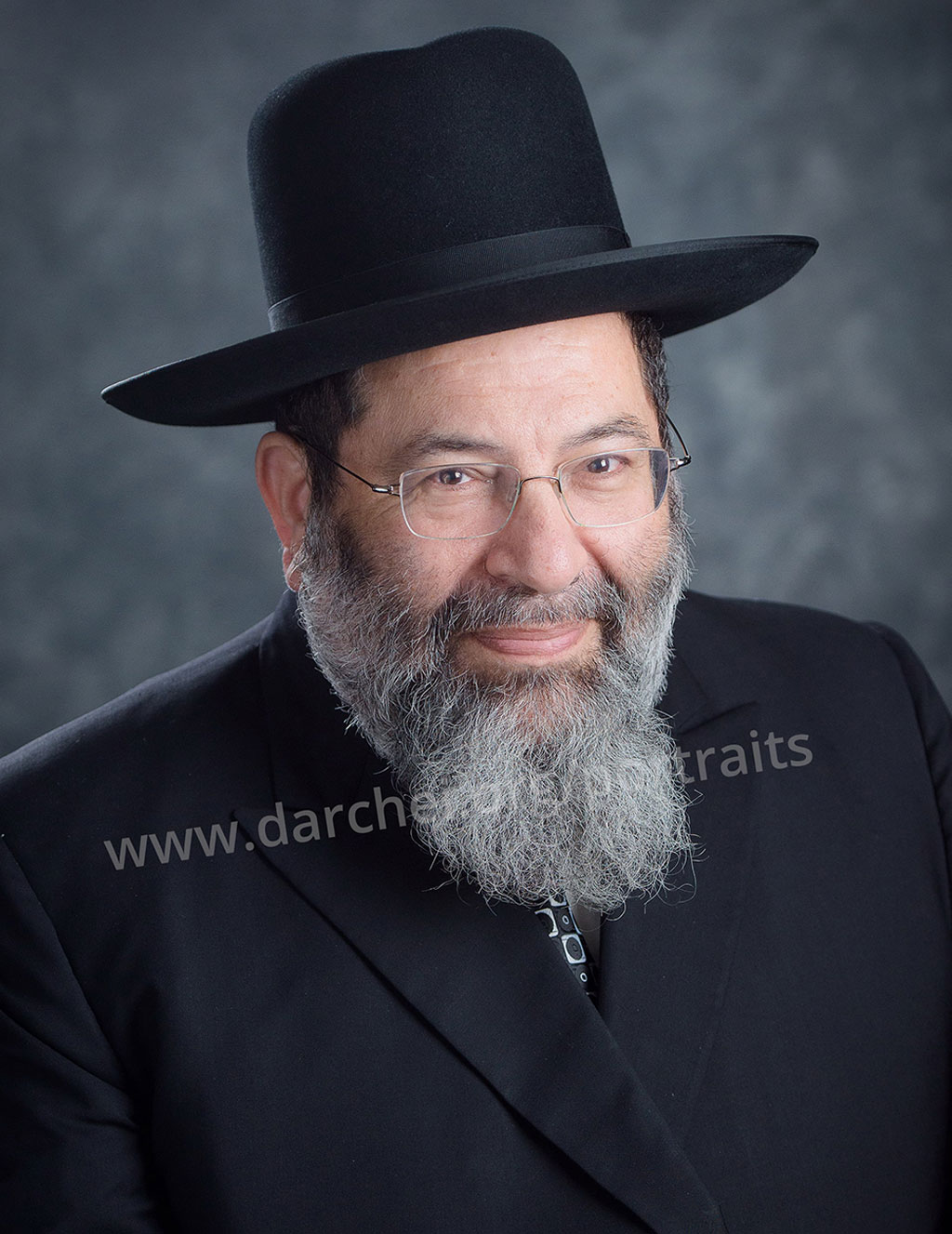

Leave a Reply